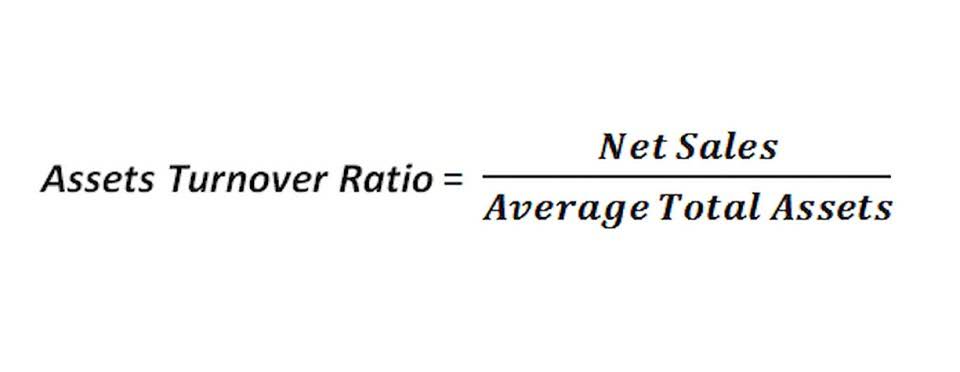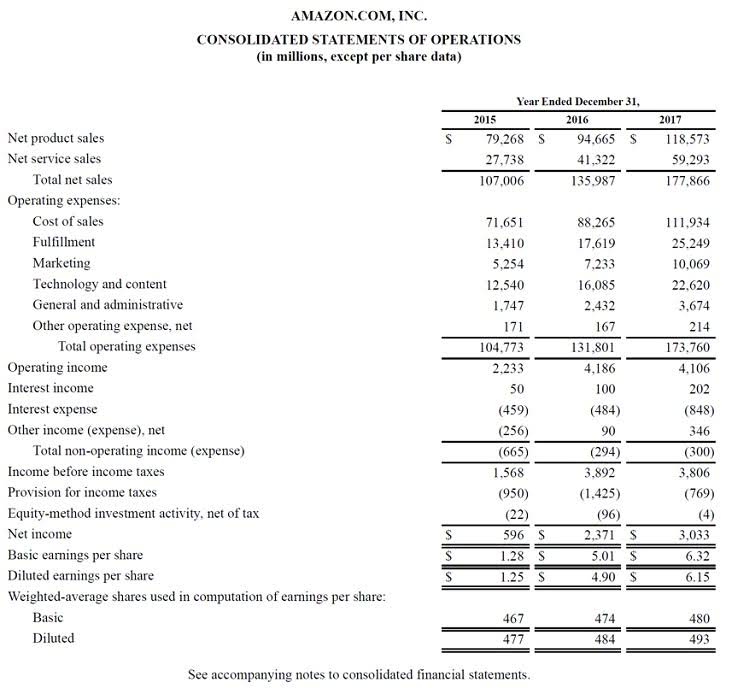
When weighing the pros and cons to determine whether a corporation is the right legal structure for your business, consult an attorney and an accountant who is well-versed in the implications of creating a corporation. A corporation is a business that is recognized by the state as a legal entity separate from its owners (also known as shareholders). A corporation can be owned by individuals and/or other entities, and ownership is easily transferable via the buying and selling of stock.
- An S Corporation consists of up to 100 shareholders and is not taxed as separate – instead, the profits/losses are shouldered by the shareholders on their personal income tax returns.
- „I would like to see the requirement to come to the office based more around purpose and a real reason, so that rather than just a number that applies to everybody, having a specific purpose.“
- Since the sole proprietorship owner and business are legally considered as one, the owner is personally responsible for all business obligations and debts.
- This includes having the appropriate permits or licenses to operate, though not all businesses may require these.
- Another primary difference between legal entities and one of the most important reasons a company may want to incorporate is for the advantage of issuing stock.
Limited Liability of Shareholders

This can lead to increased opportunities for partnerships, collaborations, and securing contracts with larger companies. If you need help with the advantages and disadvantages of a corporation, you can post your legal needs on UpCounsel’s marketplace. Lawyers on UpCounsel come from law schools such as Harvard Law and Yale Law and average 14 years of legal experience, including work with or on behalf of companies like Google, Menlo Ventures, and Airbnb. The other option for corporations is to be a public company which means the shares of the corporation can be bought and sold to the general public. To become a public company, one must register their shares for sale with the Securities and Exchange Commission (SEC). When a company does go public, they will issue an IPO or initial public offering.
Draft and File the Articles of Incorporation
For example, S-corps have the luxury of splitting their income between the business and shareholders, which allows it to be taxed at different rates. Any income designated as owner salary is subject to self-employment tax, describe some of the advantages of forming a business as a corporation. whereas the remainder of the business dividends is taxed at its own level (i.e., no self-employment tax). A corporation provides more personal asset liability protection to its owners than any other type of entity.
Advantages and Disadvantages of a Corporation: Everything You Need to Know
![]()
Tax preparation is uncomplicated and the business is not taxed separately, since all business income is the owner’s income. A Subchapter S corporation, abbreviated “S corp,” is a special designation for small businesses by the Internal Revenue Service (IRS) in the United States. It lets business owners avoid double taxation, similar to a limited liability company (LLC), but they’re still able to write off certain business losses on their personal tax returns.
Differences Between Sole Proprietorship, Partnership and Corporation
However, keep in mind the lengthy application process, rigid formalities and expensive startup costs. Starting a business is a big commitment of time, resources, and money. Before deciding on the type of business to form, it is important to weigh all of the pros and cons of each business structure. There are many standards required by law on how a corporation governs itself.
What Are the Advantages & Disadvantages of Forming a Corporation?
- This provides greater opportunity for a company to grow and expand by taking on more investors.
- A Subchapter C corporation, abbreviated “C corp“, is a corporation that has not made an election to be taxed as a flow-through entity.
- The corporate bylaws are a more detailed set of instructions on how to operate a business.
- Corporations must have a board of directors, hold meetings at determined intervals, and keep certain records.
- It is the process of legally declaring a corporate entity as separate from its owners.
- This website is lawyer advertising and no attorney-client relationship or obligation arises from your use of this site, by submitting information through the site, or by calling our office.
The articles of incorporation outline the basic details of the corporation, such as its name, business purpose, registered agent, and the number and type of shares authorized for issuance. Turning a private corporation into a public corporation is complex, as the company must comply with federal laws requiring full and public disclosure of financial information to potential shareholders and the government. You should also consider the fact that if you form a corporation, there’s no guarantee that you will be able to maintain your standing in your business.
Transferability of Ownership:
Below are the following decisions and actions a business owner must take to incorporate. If a business doesn’t need to sell stock, an LLC can be a great option. It offers legal protection, but has pass-through taxation, meaning earnings are only taxed once. This structure is designed for small businesses, so there are limits on how many shareholders an S corp can have and who those shareholders can be.
What Is the Difference Between Having an Incorporated Business and a Personal Business?












